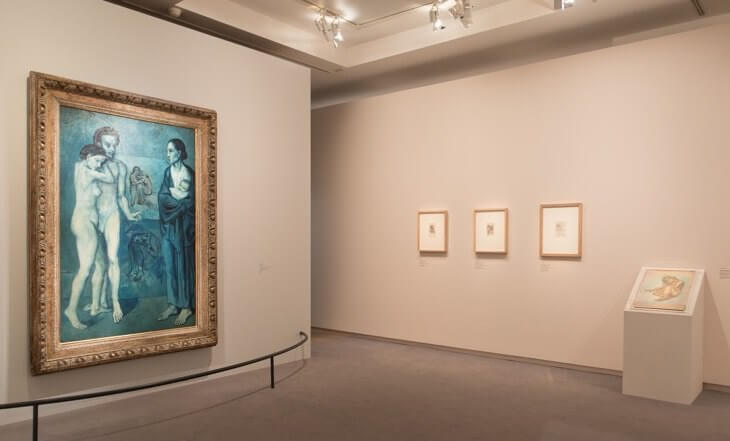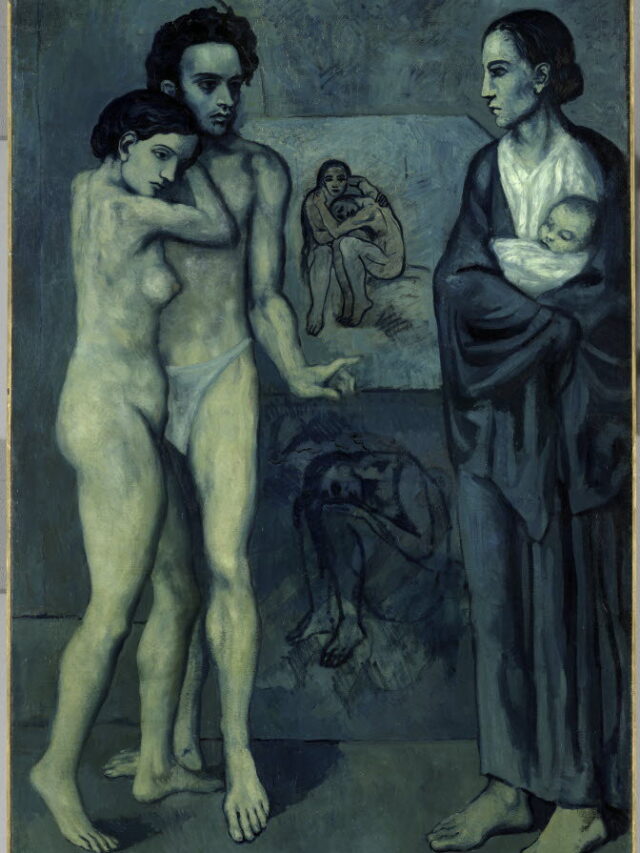There is no doubt that life is beautiful with art in it. Art transfixes us, stupefies us, enchants us, and makes us question reality. We can only assume how the French would describe art. It might probably be with the phrase ‘Ç’est La Vie’ which translates to ‘That’s Life’. Several artists throughout the years have drawn representations of life trying to imitate and reproduce reality. Whether it is Joan Mitchell’s La Vie en Rose painting or James Earley’s La Vie Est Belle painting, C’est La Vie paintings have had different meanings and interpretations. One rendition of life which has captivated us and global audiences is the La Vie painting by Picasso.
The Making of La Vie Painting by Picasso
We all know the myriad periods of Pablo Picasso. One of his early periods, the Blue period (1901-1904) gave us several masterpieces – La Vie painting being one of them. But what triggered the Blue Period? Was it simply a rapid shift in the colour palettes to blues and greens? Or was it something beyond the surface? Picasso’s blue period was triggered by the suicide of his friend Carles Casagemas. The news of his death affected Picasso to the point where he fell into depression. During this time, his portraits captured the lives of the others – prostitutes, beggars, and drunkards. His figures became sinewy and lean, often carrying dazed and distant expressions.
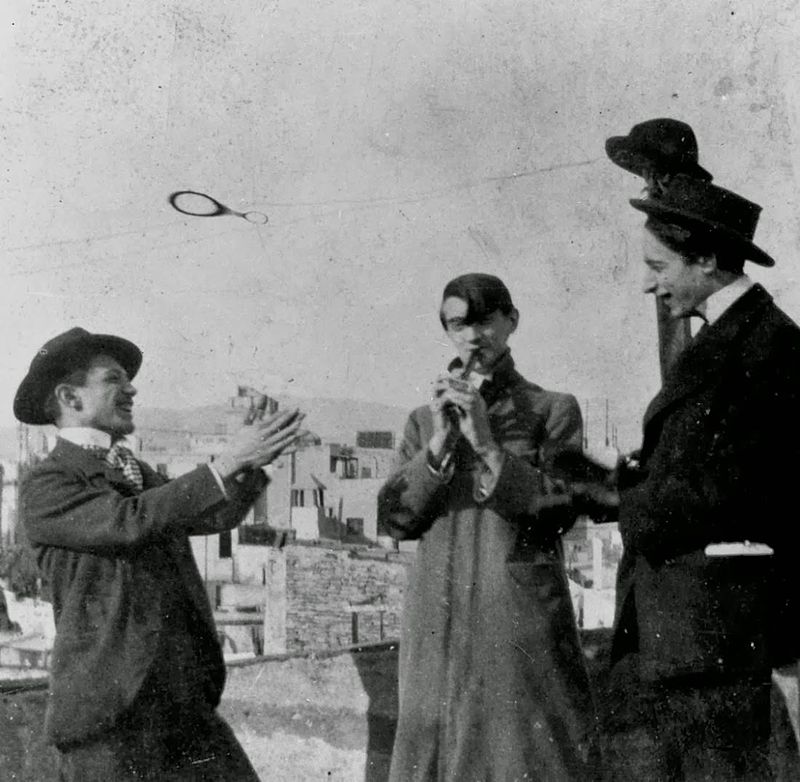
While critics applauded his early work, they distanced themselves from Picasso’s paintings that were made during the Blue period. His patrons vanished, leaving him in a financial lurch. Despite that, he continued expressing his sorrow and misery through melancholic colours and haggard figures. It must be interesting to note that although Picasso hardly obtained capital from his Blue period paintings, the La Vie painting was sold within a month of its creation to a French art dealer, Jean Saint Gaudens.
La Vie Painting by Picasso
La Vie painting is an oil painting made in May 1903 by Pablo Picasso in Barcelona. The painting has been housed in the Cleveland Museum of Art since 1945. The painting seems to be an embedded narrative. On the left side stands a naked couple – a man and a woman. The woman’s arm snakes around the shoulder of the man as if using him for support. Despite their physical closeness, the woman looks downward in a melancholic mood. The man looks sideways (to the right) in a contemplative mood.
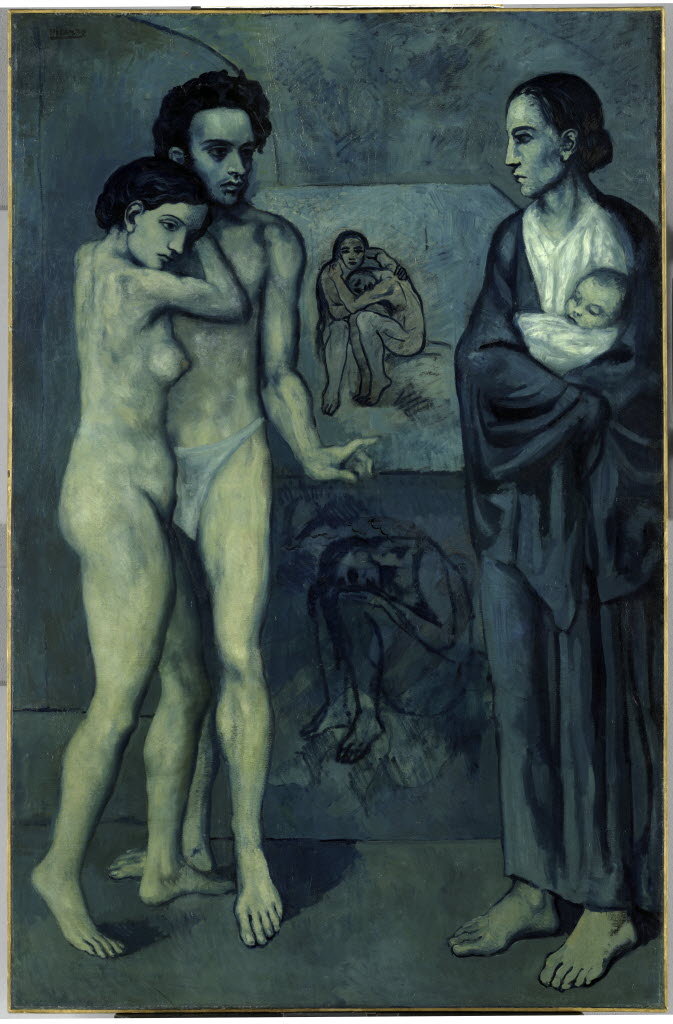
On the right side of the composition is a fully clothed mother cradling a baby. She carries an expression of contempt as if disgusted by this public display of affection. The figures stand in a studio with two paintings serving as the background. The painting at the top showcases yet another naked couple, crouching and in an embrace. The painting at the bottom features a lonely figure, crouching; his face sits on his thighs. This figure recalls Vincent van Gogh’s painting ‘sorrow’. In addition, Picasso also traced an outline of a reclining naked woman being attacked by a birdsman.
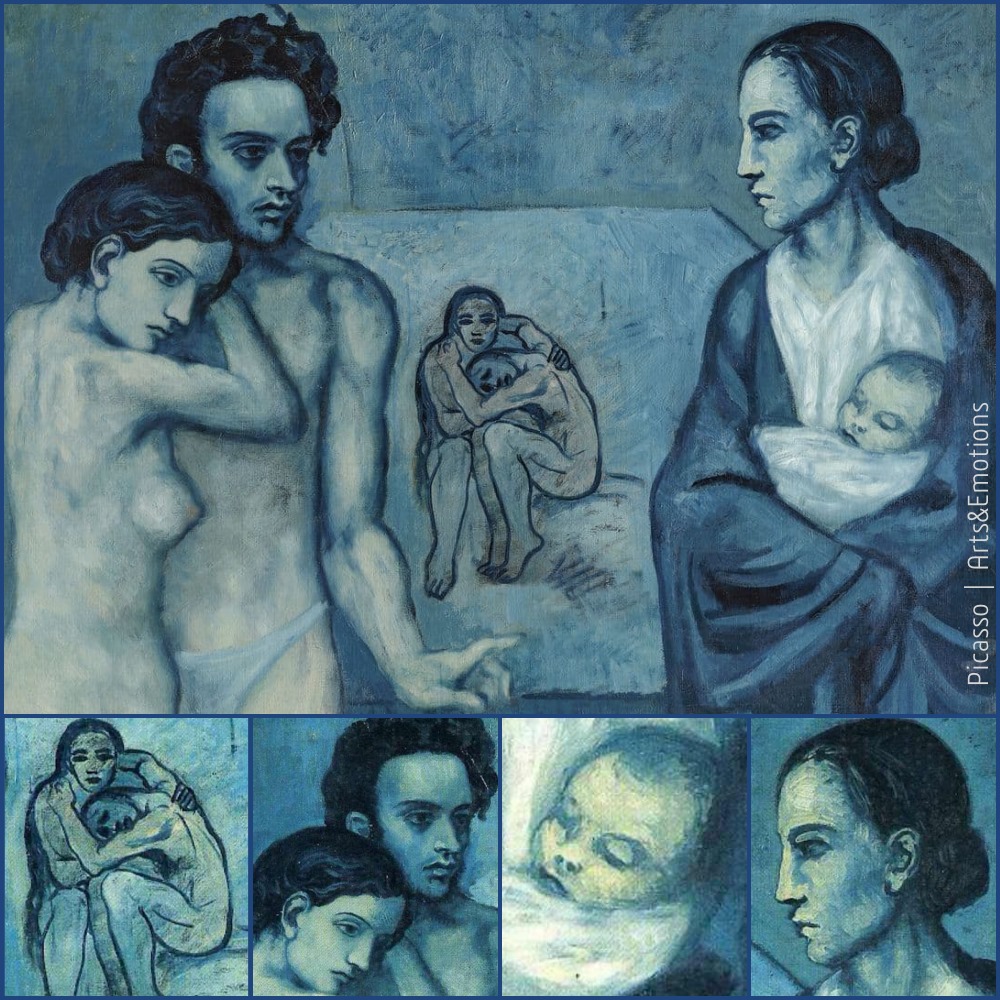
Analysis of La Vie Painting by Picasso
The way the naked man’s fingers move is reminiscent of Antonio da Correggio’s painting ‘Noli me tangere’.The painting features Mary Magdalene and Jesus after his Resurrection. Using this simple hand gesture adds layers to the La Vie painting by Picasso. It can be seen as a biographical representation of a detached Picasso and his mother. On the other hand, it may also connote the role of an artist as an educator or Messiah, propagating his ideologies through his art.
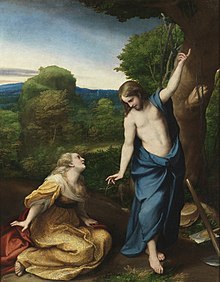
The male figure in the La Vie painting is drawn to represent Picasso’s late friend Carles Casagemas, who also dominated his other Blue Period paintings. Upon X-rays, it was found that Picasso tried to execute a self-portrait but then opted to pay tribute to his friend. The paintings, perhaps through the palette, denote a sense of ennui, nostalgia, and sadness. Despite having too many figures, the essence of La Vie painting by Picasso can be boiled down to the embedded narrative of loneliness as described by the crouching man.
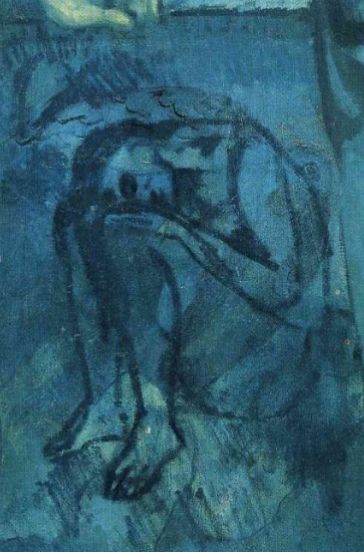
Image Courtesy – Pablo Picasso
Pablo Picasso’s Masterpieces: A Spotlight on the Greatest Paintings That Defined an Artistic Era

Hi Ya’ll !!
I love writing about pop culture and all things queer.
Sub Editor at Abir Pothi

